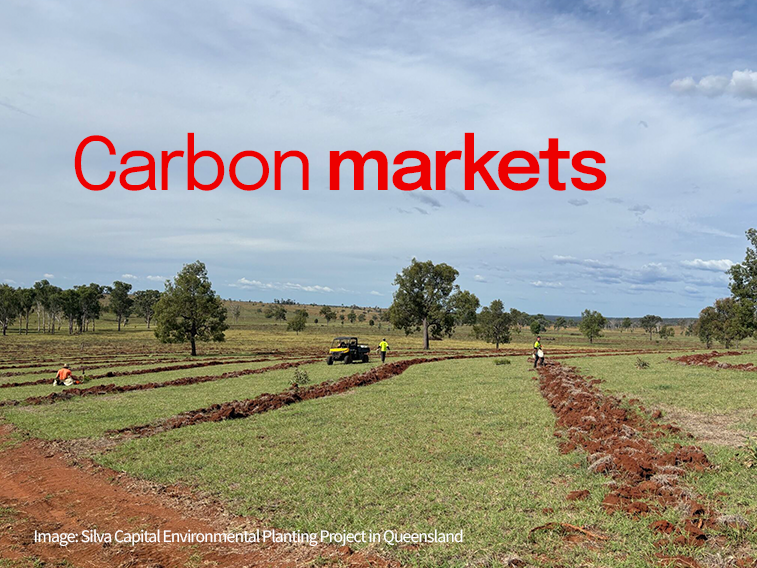13 June 2025
February 14, 2024
NAB roundtable: ADI securitisation funding insights 2024
NAB brings together a group of treasurers from authorised deposit-taking institutions (ADIs) to discuss recent developments and experiences in the securitisation market.
By Corporate and Institutional Banking
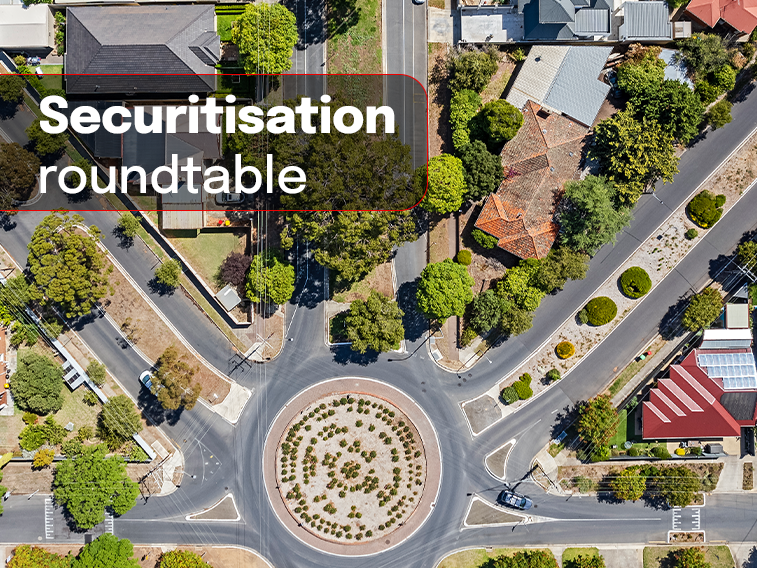
The past year has been one of increased competition in the prime mortgage space from Australia’s ADIs as borrowers rolled off the so-called fixed rate cliff. This came amid ongoing regulatory change and other challenges to negotiate, as the testing period of volatility continues.
Into this environment, ADI funders also returned to market to see solid interest from investors both domestically and internationally. To help share key insights for the new year, NAB’s market-leading securitisation team recently brought together a group of ADI customers to explore how they plan on using securitisation funding for 2024.
In hosting the discussion, NAB’s Global Head of Securitisation Origination Sharyn Le said now was an opportune time to canvass expert views on a range of topics including: the impact of changes in rules for hybrids in capital requirements; the capital relief securitisation can offer; the changing investor footprint and engagement in offshore markets; and some of the ongoing challenges, like managing “net payer” regulatory obligations.

“It’s been great to see the return of the ADIs to securitisation issuance and to share experiences of their participation as the market evolves,” Le says. “The funding landscape is constantly changing, so sharing these insights together is a valuable opportunity as we continue to support our customers plan out their strategies and structuring across all angles for the task ahead.”
Joining Le around the table were:
Geoff Johnson, Treasurer, Heritage and People’s Choice (trading as People First Bank)
Tim Ledingham, Treasurer, Bank of Queensland
Simon Lewis, Treasurer, Suncorp Bank
Craig Stevens, Director, Securitisation Origination, NAB
Market experiences and outlook
NAB: With the roll-off of the RBA’s term funding facility (TFF), we saw the return of the ADIs to the securitisation market in 2023. What have your experiences been and how does securitisation fit into your funding plans coming up?
SIMON LEWIS: RMBS issuance forms part of our diversified funding program and last year in 2023 we again executed in April. Over a series of physical and virtual meetings, we were pleased to see strong engagement from offshore investors in both Japan and the UK. At that stage market pricing was probably one of the more expensive in the past few years, but we did see the market eventually rally with multiple issuers looking to take advantage of that extra liquidity later in the year.
In terms of the outlook, we expect our annual issuance profile to continue – so between March and June this year. We have seen a widening of spreads as the material out-performance in senior has retraced, although there still seems to be a lot of liquidity and January has proven to be very positive for credit markets. Providing we can continue to present relative value [RV] to both our domestic and offshore accounts, there will be strong interest for us in 2024.
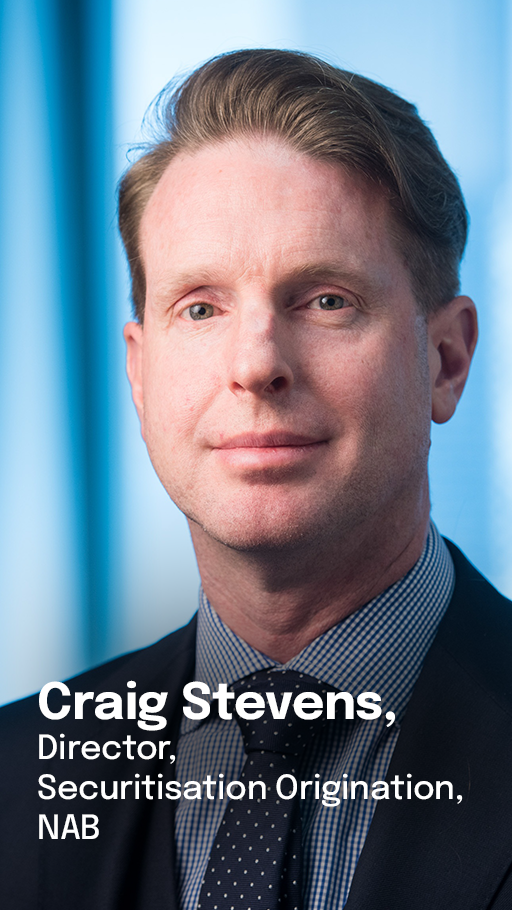
TIM LEDINGHAM: After watching the securitisation market since February last year, we executed a deal in late July and exceeded our volume expectations. It was the first deal under the REDS[i] program with SMHL collateral [Superannuation Members Housing Loans, integrated from ME Bank after the July 2021 acquisition[ii]] so it took time to pull together, but also earlier in the year the market really struggled with capital relief. To use securitisation markets we need to generate that capital relief – there’s no reason to use collateral in funding via securitisation when we could do that through a covered bond. In terms of the basis swap earlier in the year it wasn’t quite clear you could get that capital relief. This changed as spreads started to contract to become a lot clearer for us.
Securitisation is a key part of our funding program and usually we utilise one RMBS a year. Our retail balance sheet is reasonably well-funded, so this is a lighter wholesale funding year for us, but we are in the RMBS market for 2024.

GEOFF JOHNSON: It’s been a different couple of years for us after our proposed merger was announced in mid-2021 [Heritage Bank[iii] and People’s Choice[iv] merged in March 2023 to create Australia’s largest mutual banking organisation]. We were in a good position from a funding and capital perspective so we could afford to stay out of the market for the period while we focused on the merger. But after the merger became effective from March 1, 2023, it was really important to get out quickly to the investor base and articulate what the strategy was going forward and what we stood for. I was able to get the CEO and CFO out in early May 2023 for investor meetings, which was only two months after we merged, and we got terrific take-up from funds.
On the TFF, we drew down just over a billion in funding. About 45 per cent of that has been repaid and that leaves $570 million through 2024. We could comfortably repay the TFF funding and remain well above our board minimums from a liquidity perspective, so we’re well-placed. In terms of general issuance going forward, we’ve been clear to the market we intend to be an annual issuer in both RMBS and senior unsecured formats. The only nuance around that is because we’re going through a core banking integration as part of the merger, it makes sense for us just to securitise the People’s Choice branded loans, supplemented by loans we will start writing under our new brand “People First Bank” in 2024/25, until that integration is complete. By around 2026/27, we’ll have a co-mingled book which is geographically diverse.
Planning for change
NAB: How do the proposed changes in rules for Additional Tier 1 (AT1) hybrids[v] impact the use of securitisation in ADI funding plans versus other products? What are your thoughts on the capital relief securitisation transactions can deliver?
LEWIS: We’re working with the RBA and other industry participants to provide feedback on the planned changes, as requested by the regulator. We see the opportunity for sophisticated investors to participate in listed tier one transactions without restrictions should be allowed to continue. We understand concerns about retail investors, but also note that most of the transactions we and other ADIs do are subject to strict criteria, with investors required to demonstrate a clear understanding of the risks associated with investing in these products. We’d hope that this market will continue.
In terms of its link to securitisation, when we think about the volume trade, we do get capital benefit but only a small incremental one. It makes it worthwhile doing the trade, but the most important thing for us would be a functioning and readily accessible tier one market in Australia. This is important because we don’t think that we would be able to securitise enough mortgages to replace the benefit there.
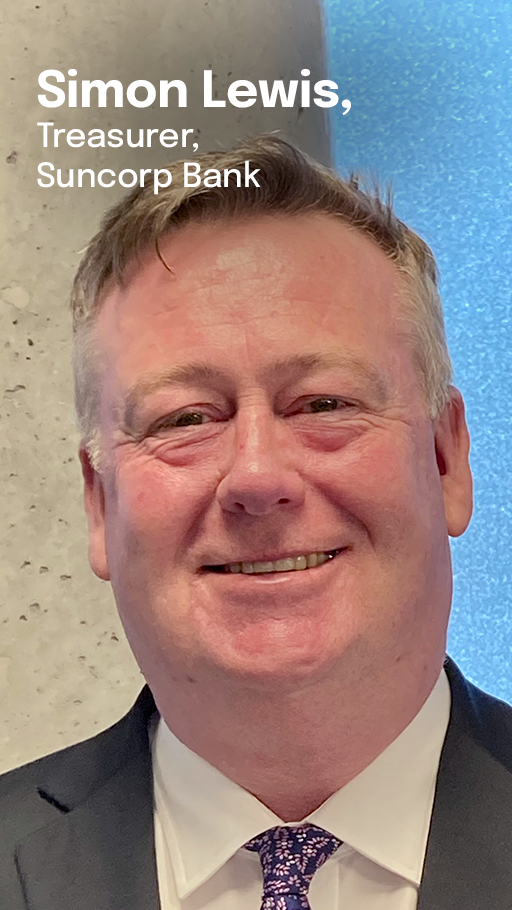
LEDINGHAM: The AT1 plays an important role in the capital stack, as it pre-positions an institution to convert and raise additional common equity which is subordinated to AT1 as part of a potential recovery process. When looking at the suggested design features, there are some innovative alternatives APRA could consider, outside of just lifting the actual trigger or capping the amount of AT1. BOQ suggested some recapitalisation triggers prior to hitting a point of a non-viability event to accelerate the loss absorption of that instrument.
If APRA did change the level requirement for AT1, or if they removed it completely, potentially capital relief securitisation is a tool that we’d use to raise additional capital. Ultimately securitisation is a source of temporary capital, because it does amortise and comes back on the balance sheet. It’s probably not a permanent solution and you’d have to look at other avenues. One of the concerns we have is if the situation did move away from having AT1 as part of the capital stack it has pretty big impacts on return on equity for the smaller players.
JOHNSON: AT1 is a relevant market for the mutuals and one which has seen positive development in recent years. Being a mutual we have no listed CET1 and therefore intrinsically fewer capital issuance options than listed banks, therefore we value the ability to issue AT1 in either a wholesale or retail format. In the meantime, securitisation will remain an important source of funding and capital relief for our organisation.
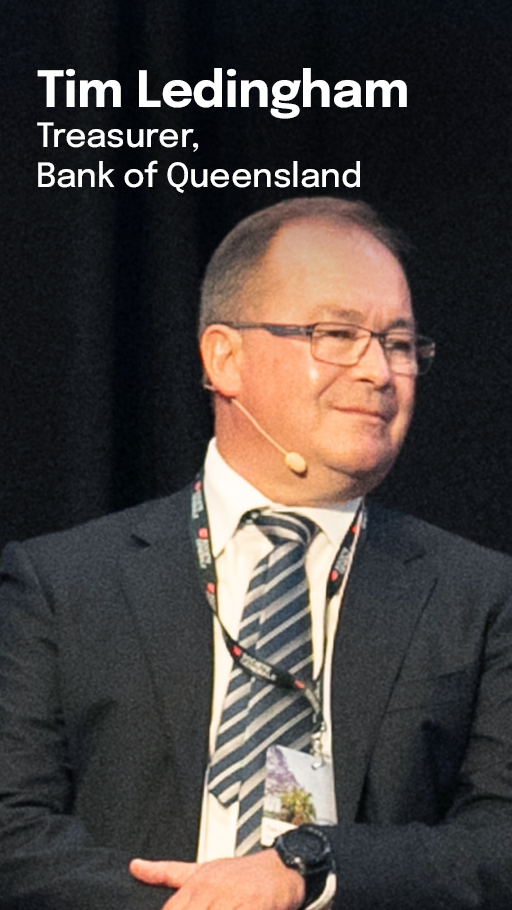
Offshore engagement
NAB: What are your thoughts on the investor footprint and accessing offshore markets?
LEDINGHAM: We’ve found really strong engagement from Japanese investors this year, which is a real positive. BOQ is now about $105 billion and we need to diversify, so we invest time into the Asian investor base to maintain or grow that proportion of allocations, while also really driving more from the UK. As we grow, and if we don’t receive a ratings uplift, the investor pool doesn’t naturally shift up unless you do the work. So we will focus on Asia and the UK to grow the proportion that’s coming outside the Australian market, where we already do receive good engagement.
LEWIS: It’s important to continue to engage with investors on a regular basis – whether domestically or offshore in countries such as Japan or the UK. We’ll test that ahead of our transaction this year to see what the level of engagement is. It’s a big week if you’re doing two days in Tokyo and then two days in London. That is always quite challenging, but it’s always worth the effort. Particularly in Asia, and even jurisdictions where historically we haven’t gone to for RMBS – Singapore and Hong Kong – there are accounts that are interested. And if, as I suspect, we do see a little bit of a retracement in spreads by five to 10 basis points then you might see some RV interest return from UK accounts that makes it worthwhile.
JOHNSON: The domestic investor base is familiar with who we are and how we underwrite, so for us it’s about staying proactive in terms of investor engagement. Because of our previous issuance history, which has been more infrequent and with deal sizes on the smaller side at $500-600 million, there hasn’t been enough volume or deal frequency to attract consistent overseas attention. One of the main jobs ahead is to establish our profile with those offshore investors.
To do that we recently went to Tokyo and London with NAB to kick that process off. It’s important to do that work in between deals and not just when you’re looking at a transaction. I’ve certainly socialised that internally – that this is a required cost if we want to get that certainty of execution. This will be on the senior unsecured side as well as the RMBS. In some respects, we’ve got a bit of a clean slate – we’ve got a terrific history but we’ve also got a new, merged organisation and we can reposition ourselves and get that story out there.
Net payer obligations
NAB: How are you negotiating net payer challenges restricting issuance above certain market levels?
LEWIS: Under [Prudential Standard] APS 120, ADIs are required to calculate mark-to-market valuations of interest rate swaps between the Bank and the Trust, including whether or not you’re a net payer, which could imply ongoing support from the issuer bank for the loan pool. Suncorp provides fixed and basis swaps to our securitisation trusts. When we perform these calculations, if the net present value of the future cash flows is negative, this amount becomes a deduction from capital. At one point in 2023 this became quite challenging given the rapid increase in interest rates from the RBA, however it’s a manageable circumstance over time. Net payer considerations are always something we need to be careful of and, as we structure these transactions, test very carefully to ensure ongoing compliance with prudential standards.
LEDINGHAM: I think Simon’s covered it really well. The only thing I’d add is that’s part of the reason we didn’t do a trade in February 2023 and waited until July, because the basis swap wasn’t working. Banks have slowed down, saying they’re writing mortgages above the cost of capital. Well, the basis swap tells you that very early on – that you’re writing mortgages at uneconomic levels – so the regulator has probably got it right there. We have a fixed rate swap, and a floating rate basis swap. The challenge is around that fixed rate swap and making sure that we had a reasonably defensible position under APS 120. We spent a lot of time documenting this and reassess that monthly. Timing is everything on these deals and obviously with rates rising 4 percentage points plus that’s been a big impact to the basis swap and why ADIs have not been as frequent in the market as the nonbanks.
JOHNSON: The only other thing I’d highlight is that balancing act between cutting a pool that’s going to pass that analysis but then also making sure that you’re putting a pool out there which is generally representative of previous deals and your broader balance sheet. There was some market talk of 100 per cent variable pools, but that would leave all the low-rate fixed on the balance sheet which could be perceived as riskier from a credit perspective. It was a really interesting exercise to cut multiple pools and see which ones worked. The maturity profile of the fixed rate loans was probably the key thing in the end. Getting low-rate fixed into the pool, but not creating a long-term drag and repricing them higher in the modelling was critical. Obviously, when we did our deal, spreads had started to come in from the early part of this year, so that helped as well.
NAB: It’s clear navigating these sorts of challenges and other potential changes like the AT1 approach add to ongoing complexity for issuers, with the market no doubt continuing to evolve as we head further into 2024. Whatever’s on the horizon, we look forward to bringing our deep experience and understanding of RMBS markets to support the diversity of funding options available for issuers both in Australia and internationally. It’s been a valuable and timely discussion for market participants and other stakeholders as we all kick-off funding for the year.
[i] REDS Securitisation | BOQ, opens in new window
[ii] Mergers and Acquisitions | BOQ, opens in new window
[iii] A National Mutual for the People: People First Bank (heritage.com.au), opens in new window
[iv] Merger of Heritage Bank and People’s Choice Credit Union delivering for members | People’s Choice (peopleschoice.com.au), opens in new window
Corporate and Institutional Securitisation

